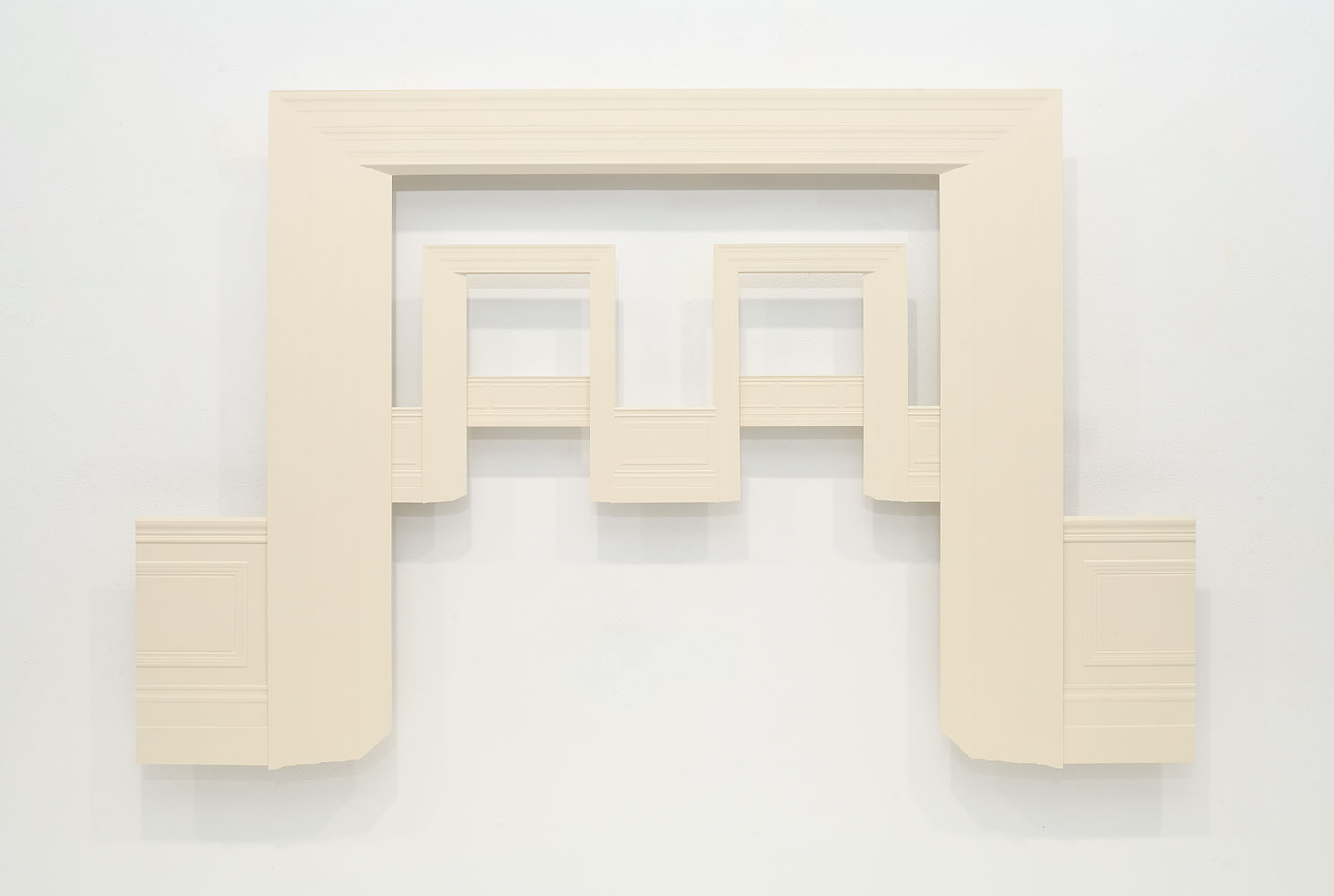For the last thirty years, Walid Raad has investigated the distinctions between fact and fiction and the ways we represent, remember, and make sense of history. Raad’s photographs, videos, sculptures, installations, and performances are dedicated to exploring such themes as the veracity of archives and photographic documents in the public realm, the role of memory and narrative within discourses of conflict, and the construction of histories of art in the Arab world.
In 2007, Raad initiated a project titled: Scratching on things I could disavow to explore the history of art in the “Arab world.” The project’s beginning coincided with the establishment of a large art infrastructure in the region: new cultural foundations, museums and galleries, schools, magazines, prizes, and the opening of outposts of large museums, such as the Louvre and the Guggenheim in Middle Eastern cities. These developments coincided with fraught efforts to define so-called Arab art, and against the backdrop of the political, economic, social, and military conflicts unsettling the region. In the series, Raad explores these confluences through a multivalent combination of performances, photographs, collages, sculptures, and videos. Section 88: Views from inner to outer compartment, is the name of both a video and sculptural installation. The video features digitally manipulated photographs of actual museum doorways that slowly and silently fade into each other. Raad devised the set of doorways for wall-based sculpture, ACT XXI_Scene I, to mimic the architectural style of many nineteenth-century Western museums. While it is a sculpture that Raad often lights dramatically (as one would a theatrical stage set) and animates through performance, ACT XXI_Scene I is also an object derived from Raad’s photographic archive, which he manipulates to create architectural traces of an imaginary museum.
